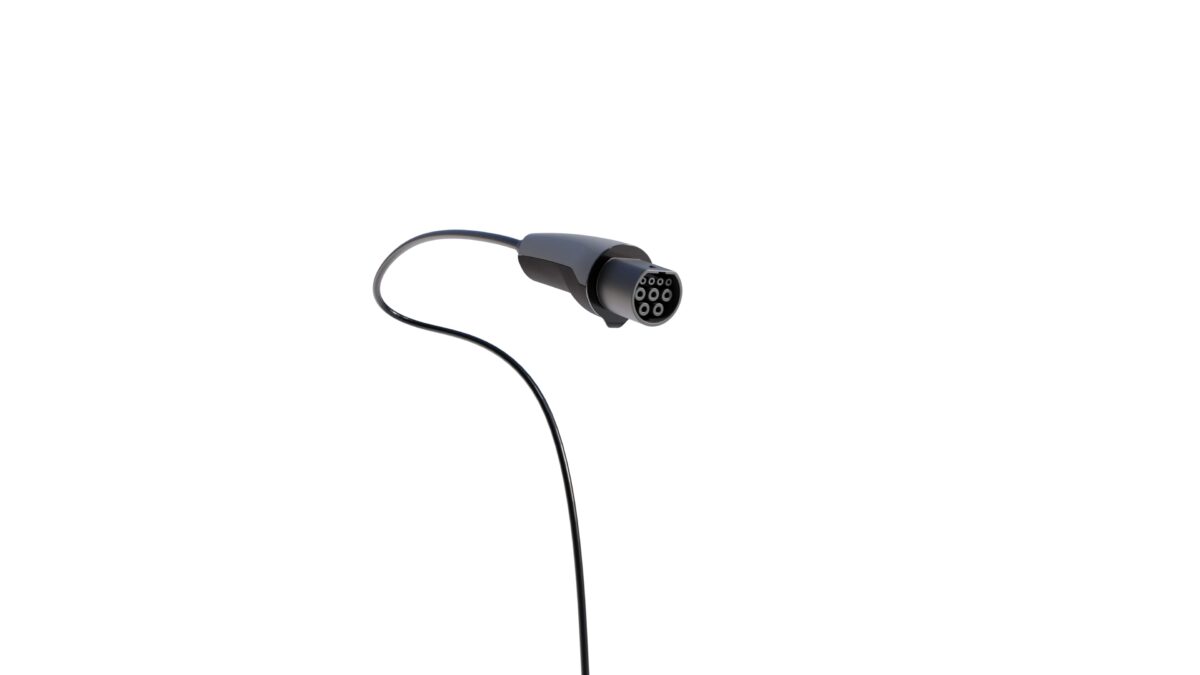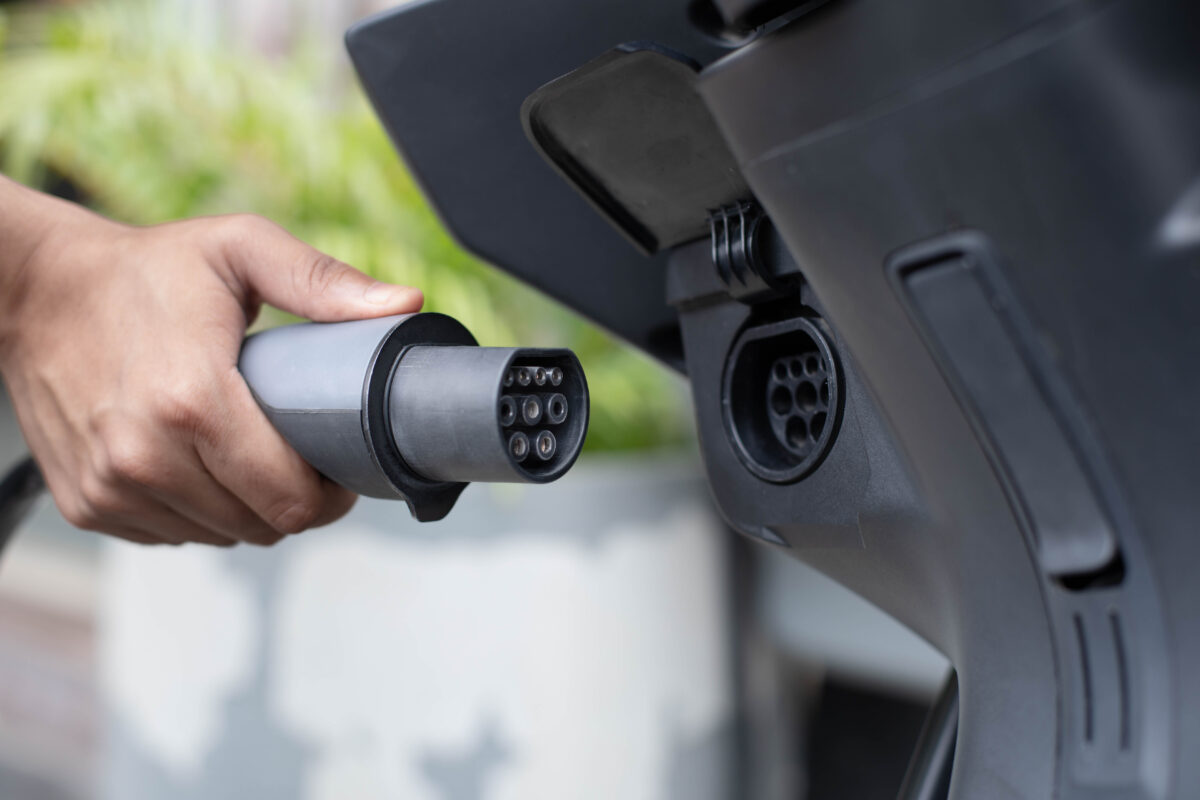India is making waves in the electric vehicle (EV) industry as the Bureau of Indian Standards (BIS) has given the green light to the nation’s first-ever indigenous AC and DC Combined Charging connector standard for light electric vehicles (LEVs).
A Collaborative Effort
This groundbreaking achievement is the result of a collaborative effort between various stakeholders, including NITI Aayog, the Department of Science and Technology, ARAI, EV manufacturers, and the Bureau of Indian Standards. The objective was to develop an open ecosystem that fosters innovation and drives faster EV adoption on a global scale. The new standard allows original equipment manufacturers (OEMs) to move away from relying solely on international standards and adopt a charging system rooted in Indian innovation.
New Connector Standard
This pioneering standard, IS17017 (Part 2 / Sec 7): 2023, represents a milestone not only for India but the world, as it combines both AC and DC charging connectors for light electric vehicles. This achievement is a testament to India’s innovative capabilities and engineering prowess, setting a new global benchmark for LEVs.

The development of this standard addresses a significant gap in the market by providing a standardized connector for a combined AC and DC charging system for light electric vehicles, which includes 2-wheelers, 3-wheelers, and microcars. These light EVs have unique charging requirements that differ from larger vehicles. Combining AC and DC charging connectors ensures the creation of a hybrid, cost-efficient charging infrastructure for all types of charging, whether fast or slow, without the need for bulky chargers.
Official Statement
Mr. B V R Subrahmanyam, CEO, NITI Aayog, emphasized the importance of this achievement, especially considering that more than 75% of new vehicles sold in India are two or three-wheelers. He stated, “This is a unique global innovation that has been indigenously developed by BIS. It facilitates both AC (slow) and DC (fast) charging from the same service point/station and has enormous potential for adoption and proliferation of Electric Mobility. This is also a fine example of what we can achieve when good policy, innovation, and enterprise come together to guide the country in the right direction. We expect the new standard to be one of the most helpful factors in making India a global player in the clean mobility space.”
Swapnil Jain, Founder, Ather Energy, celebrated this achievement as a significant step for India in the global EV sector. He highlighted the groundbreaking aspect of this technology developed within India, which can potentially be used worldwide. Niranjan Gupta, CEO, Hero MotoCorp, shared his excitement, noting that this achievement is in line with the government’s ‘Make in India’ policy and marks a significant step towards “Innovate in India and Make for the World.”
The development of this standard not only showcases India’s progress in the electric mobility sector but also its potential to lead as a technology-based solution provider for the global EV-automobile industry.

